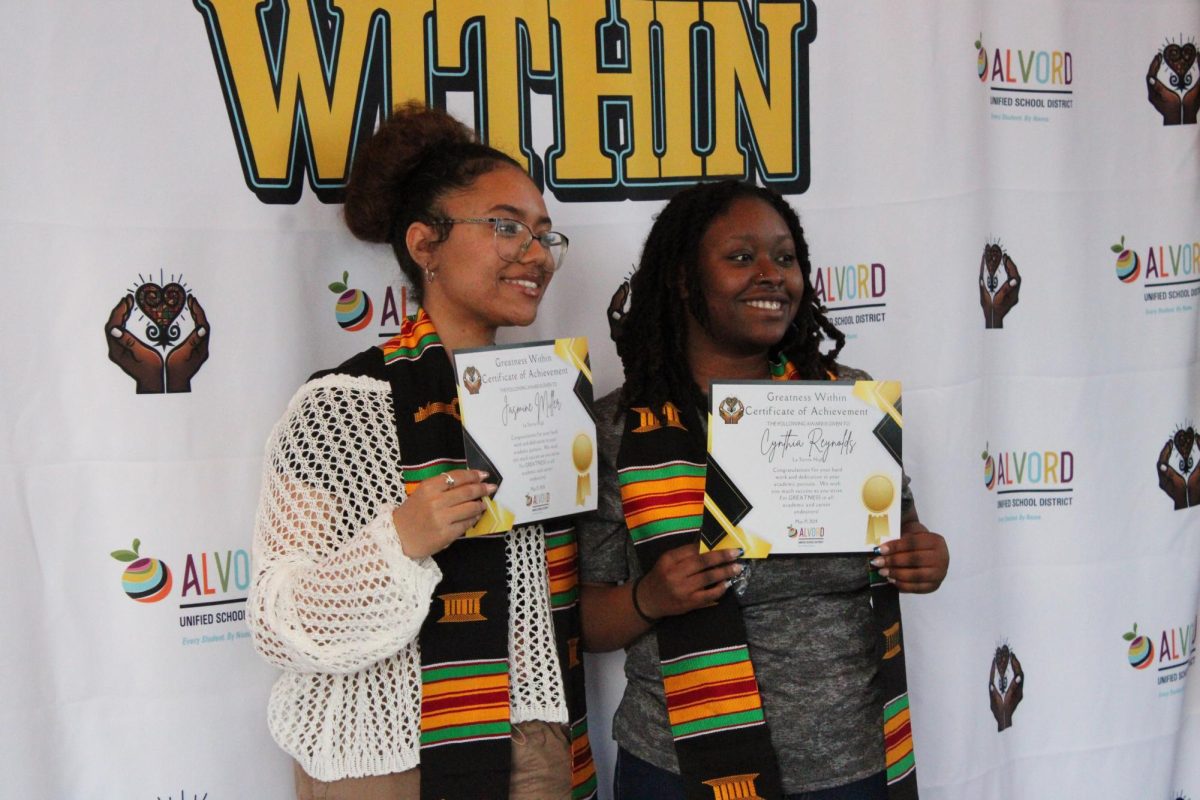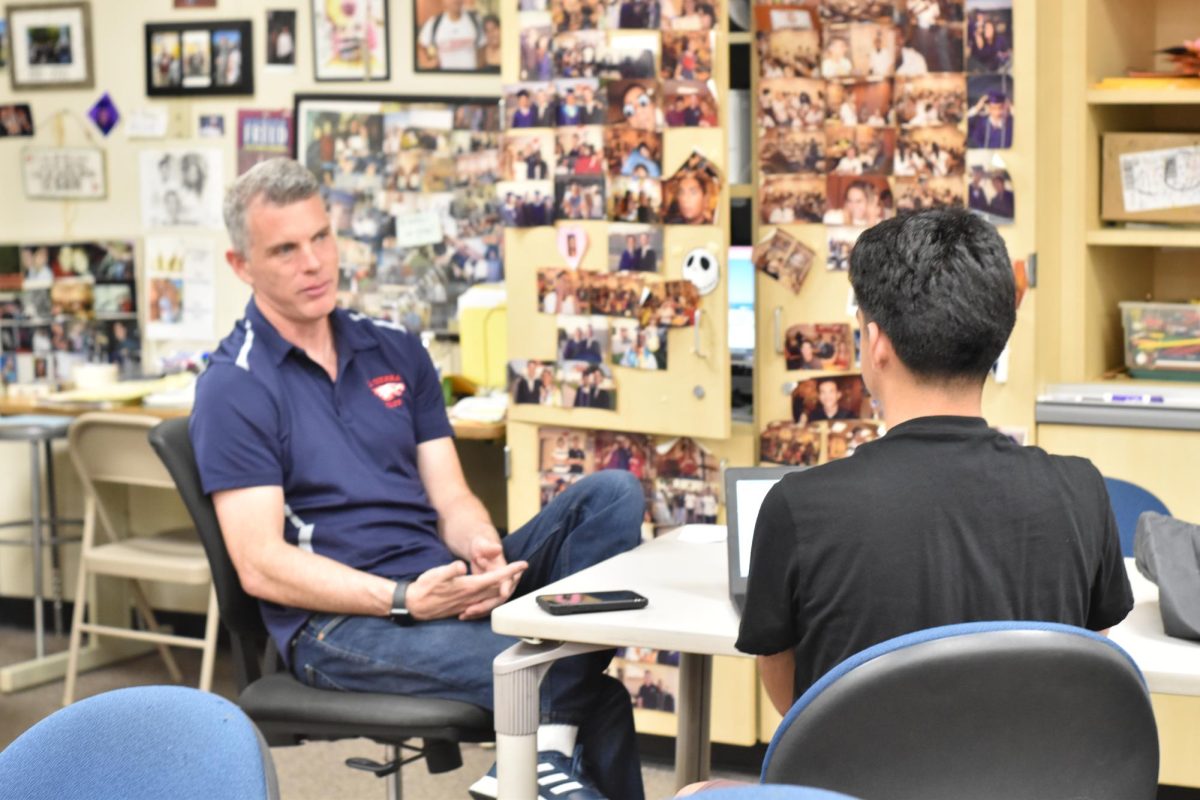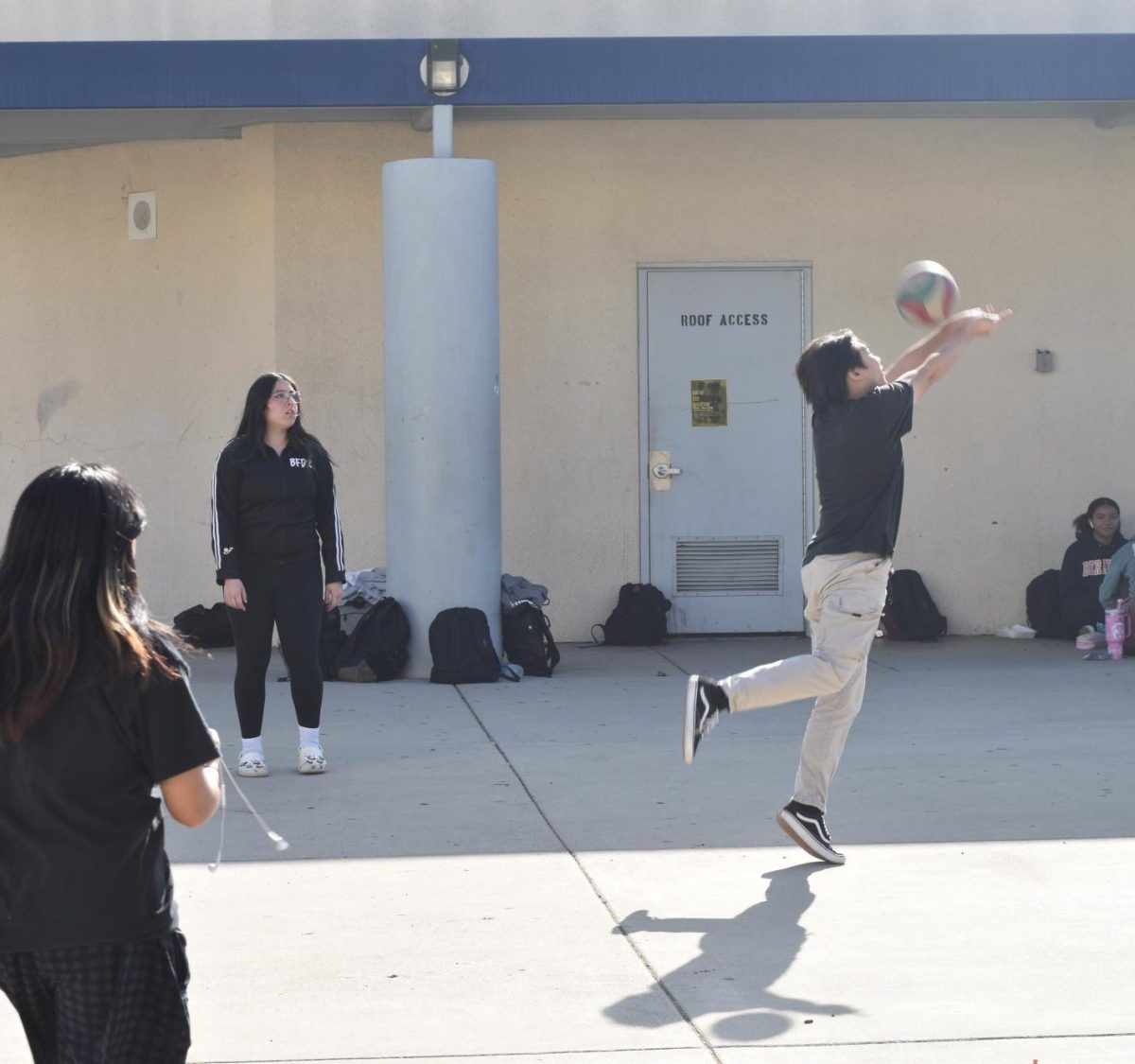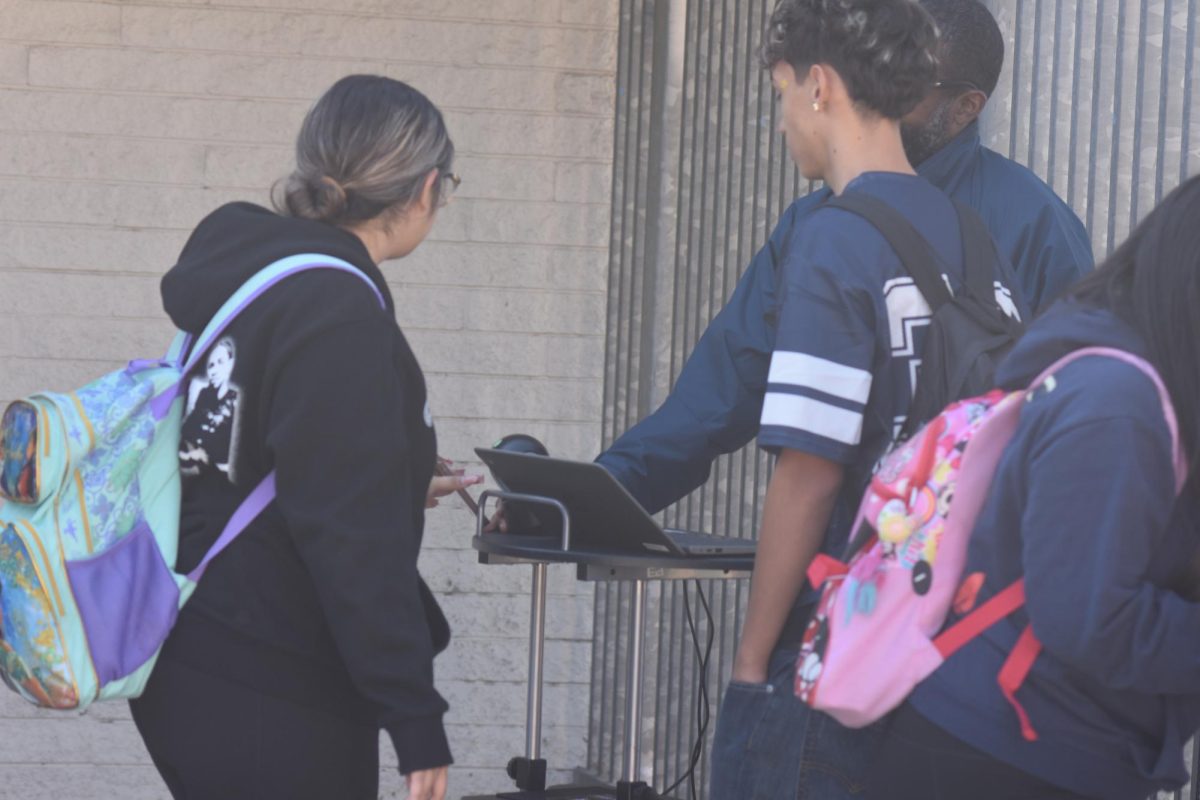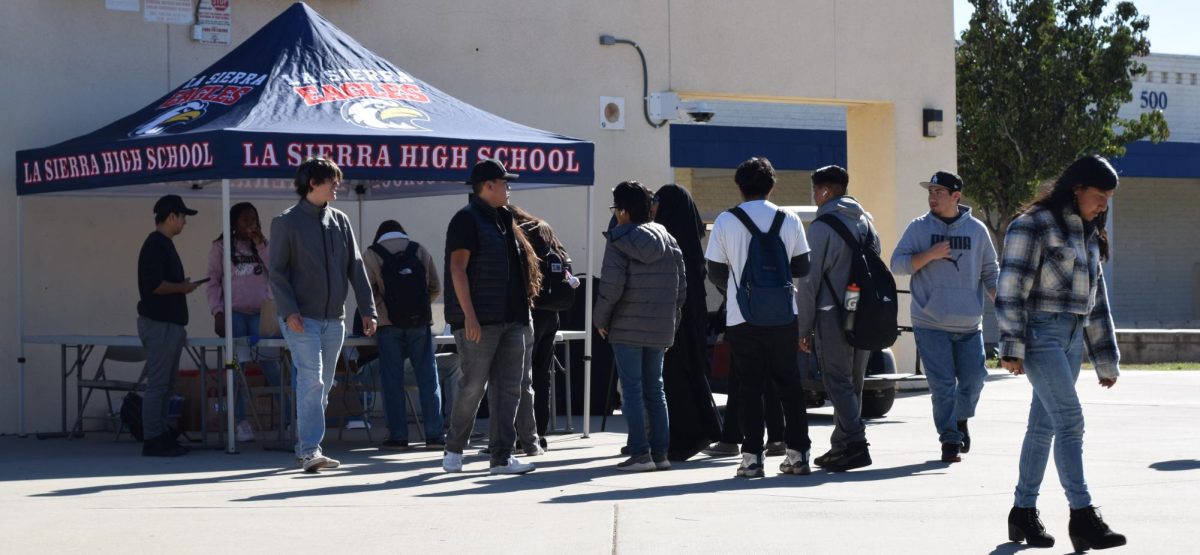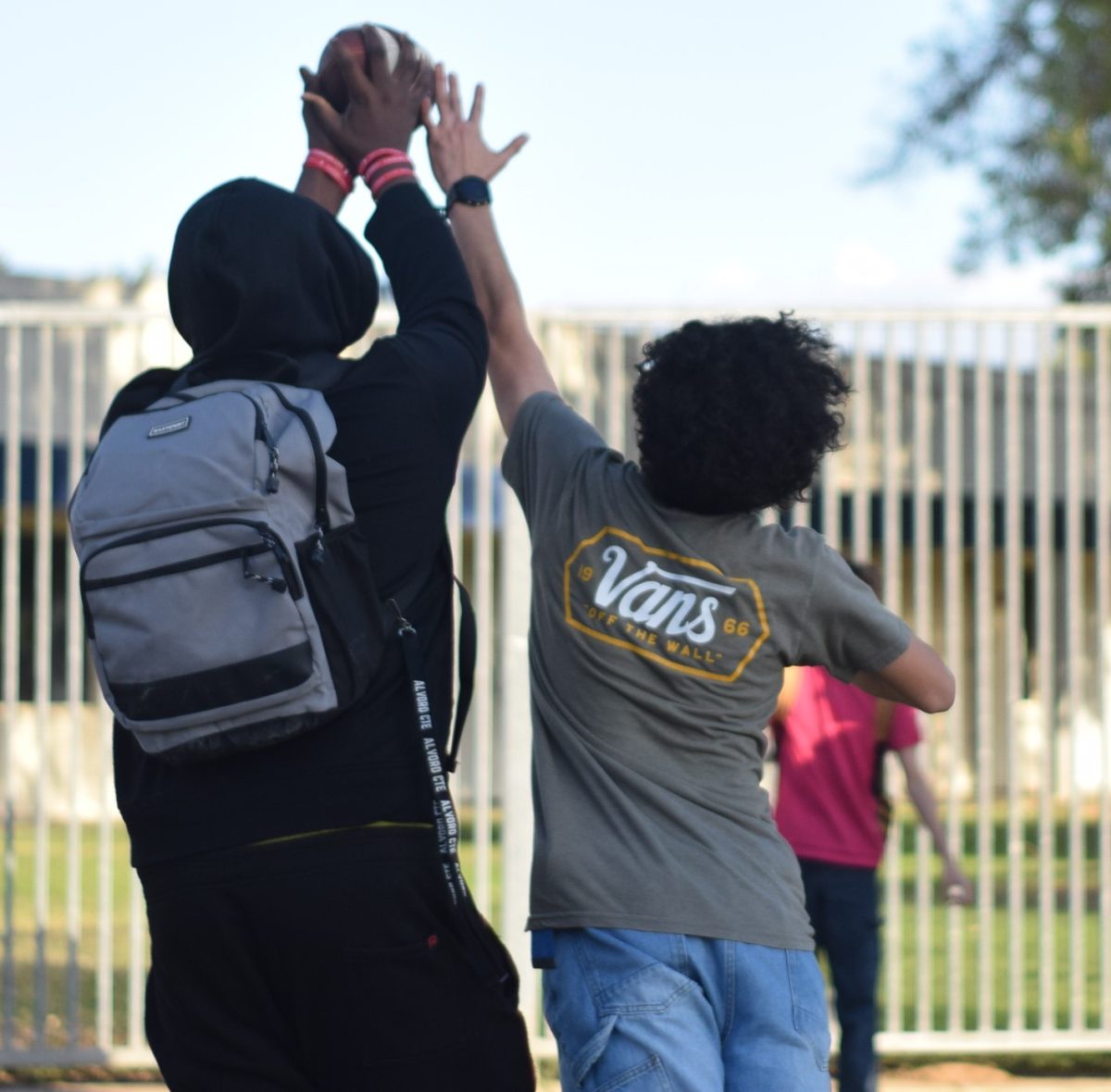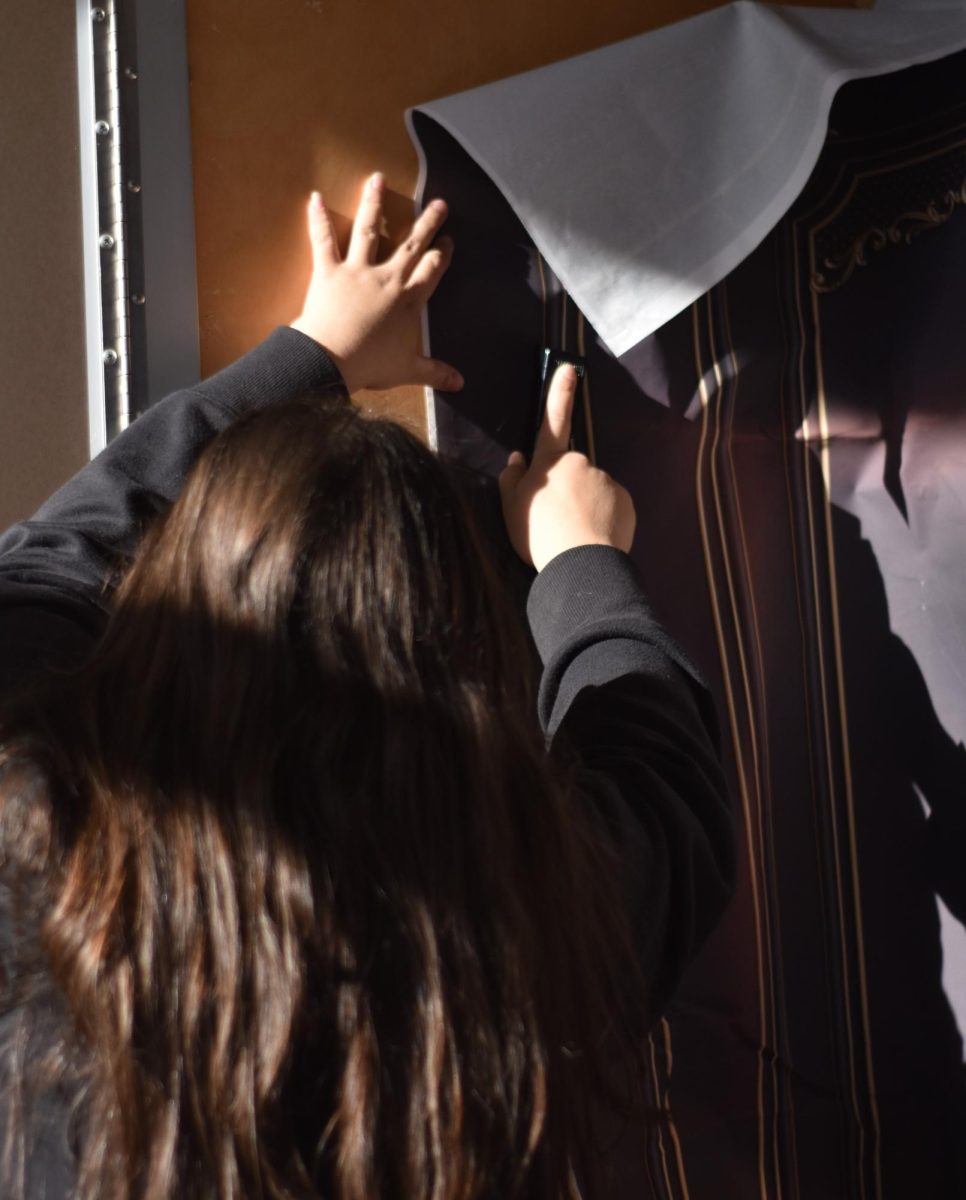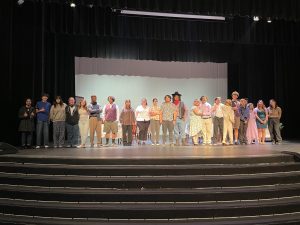Incoming Classes: New Courses in Stock
Each grade level is offered different classes based on the requirements they need to meet at the end of their high school career. The course selection forms are organized using a color system for each grade level of the student for the following year. On the backside of the colored sheets are electives and sports.
May 20, 2022
Due to circumstances caused by the COVID-19 pandemic, there were many classes that were scheduled for cancellation. But now that live, in-person classes have returned, the window for new courses to arrive has opened. With a wider range of options to choose from, students’ schedules have become more flexible.
“I think for Health Academy students, they’re allowing summer school for government and economics and so that gave me more room too, to do AP Government. I just think it’s better, and it gives us more options,” said junior Ximena Ramos.
For freshmen, sophomores, and juniors, course request forms were made available so that they can choose their required classes as well as electives and other programs for the following school year. Compared to previous course request forms, there are evidently more honors and Advanced Placement classes. This opens up more opportunities for students to choose classes that are the best fit for them and their academic pathway.
“I think, especially Environmental Science, is very very cool. I am sadly not going to be able to be a part of it, but if I was, I think it would be super cool to, you know, have that class available to us,” said junior Ximena Ramos.
Aside from academic-related classes, there are also more electives to choose from when the course request form is flipped to the backside. Classes such as Journalism, Introduction to Computer Science, and Urban Gardening are just a few of the many options that students with open periods could choose from. For others such as freshman Sara Copple, retaking an existing elective class like Ceramics with Mrs. Naif is on top of their must-take list.
“The entire class is super chill and fun. Mrs. Naif is very supportive and she’s good at late assignments so if you’re ever like, ‘Hey, I missed some days of school, I need to catch up,’ she’s good on catching up. And if you ever need to do something, you can’t be in the class, she’s very understanding,” said freshman Sara Copple.
Copple has had the opportunity to take Mrs. Naif’s Ceramics class this year working with clay and the different techniques she has learned about sculpting and creating a finished product.
“Working with clay is amazing, in general, and glazing is fun because a part of you, you don’t know how it’s going to turn out when you paint it. You do it and if it’s like, speckled, it comes out all glittery. There’s different designs,” Copple adds.
For other incoming courses next year, teachers had to go through the process of having their classes approved before becoming a selection that students could check off for their course selections. One of the teachers from the English department, Mr. Erikson, who serves as the Yearbook administrator for the Sunrise staff, talks about the journalism class, which was approved for the following school year as an elective. For the following responses, Mr. Erikson answers questions about the journalism class, its purpose, how he thinks students will react, and the process it took to get the class approved.
“Journalism classes in general, are student publications, which mean students need to lead them, decide what content is put into those publications, and go out and interview people, take photographs, and things like that. A journalism class, by itself, would be kind of a foundation class, teaching those basic skills, which would be a little bit different than a production class. Yearbook has to produce a book, newspaper has to produce a newspaper. Journalism would be teaching skills that all of them would use,” said Mr. Erikson.
In other high schools, there are different types of classes that involve media and news reporting. There are broadcasting rooms where many students work together and send out live announcements as if they were news reporters for a channel. The yearbook class is the only class involved in journalism and media, which gave them the opportunity to try out other forms of media coverage like news writing articles and videography.
“The purpose of starting the class is to help increase the different types of journalism that are offered on campus. Currently, we only do have yearbook, but I would like to give different ways of producing media for students,” said Mr. Erikson.
Students may respond differently to classes like journalism due to the way that the class would handle their work. There is a lot more freedom as it is student-led, giving students more responsibility in the way that they handle their role in media with respect to student press laws.
“I think for a lot of students, courses like this, or like yearbook, are not courses that they expect. They’re used to many courses being somewhat dictated to them. Like, in an art class, this is the assignment with acrylics, this is the assignment with, this style of art, like impressionism or pointillism, and things like that. So I think for many students, they are unused to being taught different skills, but then told, this is what you have to figure out, you have to design a book, you have to communicate the theme, things like that. So I think for many students, it’s not what they expect. For some of them, that’s a good thing. But I think also, for many students, their reaction may be that it is also going to be more serious than they expected. Like, newspaper, yearbook, take photos, you know, go to events, sounds like fun. But we start the school year a lot of times, studying student press and student expression law because before you could decide what goes in there, you have to know what your rights are, what protections there are as a student at a public school in California, what the Ed Code says, you have a lot of freedom but that also comes with a lot of responsibility,” said Mr. Erikson.
Currently, the journalism class will be up as an elective. He hopes to, later on, have it approved as an English course in the district that will give students credit for their A-G requirements at La Sierra High School.
“Right now we have journalism as an elective because we used to have a school newspaper, so that is one possible way of taking the class. But we are also currently working on getting journalism offered for the 2023-24 school year as an English course. It’s already been approved by the UC systems for English credit at the junior and senior level, but we are still in the process of getting the district, the board of education, to approve the class in the district before we can offer it.” said Mr. Erikson.
It can take quite a bit of time to get feedback about the course. Mr. Erikson estimates that the paperwork will take a few months to process before he gets any feedback.
“I would say, probably once we finish the paperwork, I would guess a couple of months. Usually, things like that for board meetings have to be submitted weeks in advance so it can go through all the different offices and checkpoints and things like that, that paperwork has to go through. But usually, board minutes are also published within a couple of days after the board meeting so we should know pretty quickly once it’s been approved,” said Mr. Erikson.

